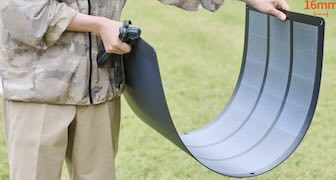TOKYO, Oct 03 (News On Japan) - A scientific survey conducted by a Japanese government research team on Nishinoshima Island, a volcanic island in the Ogasawara Archipelago, reveals bird numbers have decreased while the habitat for insects has expanded.
In September, Japan's Ministry of the Environment dispatched experts from various fields to conduct a scientific survey on Nishinoshima Island.
As a result of land surveys using drones and other methods, approximately 30 bird species known as the Brown Booby [Katsuodori], were confirmed.
A decrease in bird numbers, including in the previously dominant breeding area in the western part of the island, may be attributed to changes in the landscape due to volcanic activity.
On land, the habitat for insects was found to have expanded, while underwater surveys for the first time confirmed the presence of a type of coral.
The Ministry of the Environment plans to continue conducting further surveys in the future.















